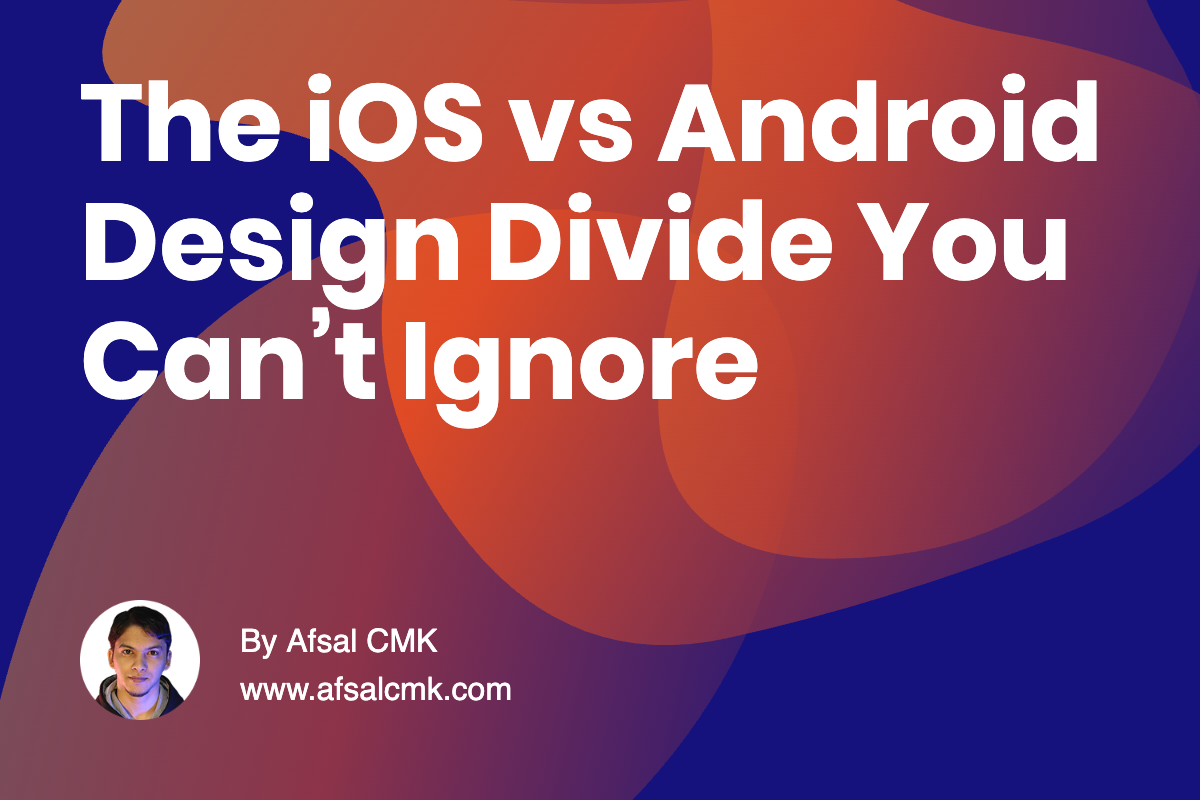
The iOS vs Android Design Divide You Can’t Ignore
Not long ago, even though Android and iOS had their own interaction patterns, there was at least a sense of visual consistency. Buttons, forms, and layouts might look slightly different, but the basic design language felt familiar across platforms. As a designer, you could build with the confidence that users switching devices would still recognize key elements without much friction.
That balance is shifting. With Apple’s push toward liquid glass UI and Android doubling down on expressive, material-inspired styles, the gap is widening. Instead of shared conventions, we’re moving into an era where each platform has its own highly distinct look and feel. For users, this means less continuity. For designers and developers, it means harder trade-offs when building cross-platform experiences.
Over-reliance on liquid glass could accelerate this fragmentation. While it’s visually striking, it makes apps on iOS feel increasingly foreign compared to their Android counterparts. And unlike before-when at least broad consistency existed-teams now face the challenge of reconciling two very different design systems in one product.
Here are the main risks I see with this divergence:
- Users switching devices face steeper learning curves, as familiar patterns no longer translate cleanly.
- Design teams must spend more time customizing visuals for each platform, increasing cost and complexity.
- Brand identity risks being diluted when forced to stretch across two very different visual languages.
- Accessibility and usability testing doubles in effort, since what works in one ecosystem may fail in the other.
This doesn’t mean liquid glass is a mistake-it shows what’s possible when platforms push design forward. But when any aesthetic becomes dominant, we risk prioritizing visual identity over user consistency. In the end, design is not just about showing off what’s new, it’s about helping people feel at home no matter what device they use.
As designers, the takeaway is to adapt without overcommitting. Respect the platform, but stay anchored in the fundamentals of usability, clarity, and brand coherence. Because trends will shift again-but trust and familiarity are what keep users coming back.